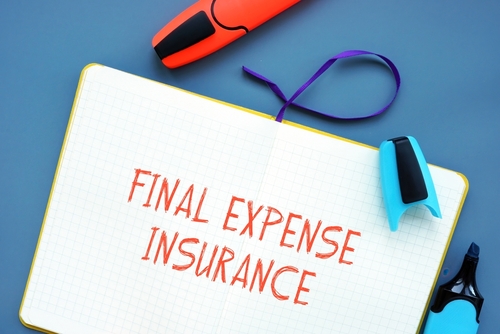Pacific Prime Can Be Fun For Everyone
Wiki Article
The Buzz on Pacific Prime
Table of ContentsThe Greatest Guide To Pacific PrimeGetting My Pacific Prime To WorkThe Ultimate Guide To Pacific PrimeThe 7-Minute Rule for Pacific PrimeThe Definitive Guide for Pacific Prime

This is because the information were accumulated for a period of solid economic performance. Of the estimated 42 million individuals that were without insurance, just about concerning 420,000 (concerning 1 percent) were under 65 years of age, the age at which most Americans end up being qualified for Medicare; 32 million were grownups in between ages 18 and 65, around 19 percent of all adults in this age group; and 10 million were kids under 18 years old, about 13.9 percent of all kids (Mills, 2000).
These price quotes of the number of persons uninsured are created from the yearly March Supplement to the Current Population Survey (CPS), conducted by the Census Bureau. Unless otherwise noted, national price quotes of individuals without health and wellness insurance policy and percentages of the population with different type of insurance coverage are based upon the CPS, one of the most widely used source of quotes of insurance protection and uninsurance prices.
The Pacific Prime Statements

Still, the CPS is particularly useful due to the fact that it generates annual estimates reasonably quickly, reporting the previous year's insurance policy protection estimates each September, and since it is the basis for a consistent collection of quotes for more than two decades, enabling analysis of trends in insurance coverage in time. For these factors, as well as the extensive use the CPS in other researches of insurance policy protection that exist in this record, we depend on CPS estimates, with constraints noted.

The price quote of the number of without insurance people broadens when a population's insurance policy status is tracked for numerous years. Over a three-year period beginning early in 1993, 72 million people, 29 percent of the U.S. https://allmyfaves.com/pacificpr1me?tab=pacificpr1me. populace, were without insurance coverage for a minimum of one month. Within a single year (1994 ), 53 million individuals experienced a minimum of a month without insurance coverage (Bennefield, 1998a)
6 out of every 10 uninsured grownups are themselves utilized. Although working does boost the likelihood that one and one's relative will certainly have insurance, it is not a warranty. Even participants of families with 2 full-time wage income earners have almost a one-in-ten opportunity of being uninsured (9.1 percent without insurance price) (Hoffman and Pohl, 2000).
Things about Pacific Prime
New immigrants represent a substantial proportion of individuals without wellness insurance coverage. One evaluation has associated find here a substantial section of the current development in the size of the U.S. without insurance populace to immigrants that got here in the country between 1994 and 1998 (Camarota and Edwards, 2000). Recent immigrants (those who pertained to the USA within the past four years) do have a high rate of being uninsured (46 percent), but they and their children account for simply 6 percent of those without insurance country wide (Holahan et al., 2001).The connection between health and wellness insurance coverage and access to care is well established, as recorded later in this chapter. Although the relationship between medical insurance and wellness end results is neither straight neither basic, an extensive medical and health and wellness services research literary works links medical insurance coverage to better accessibility to care, much better quality, and enhanced personal and population wellness standing.
Degrees of evaluation for checking out the effects of uninsurance. It concentrates especially on those without any type of wellness insurance for any length of time.
The Single Strategy To Use For Pacific Prime
The problems dealt with by the underinsured are in some respects similar to those encountered by the uninsured, although they are typically less severe. Wellness insurance, nonetheless, is neither needed neither adequate to acquire accessibility to medical solutions. The independent and direct result of health and wellness insurance protection on access to wellness services is well developed.
Others will get the wellness treatment they require even without medical insurance, by paying for it expense or seeking it from providers who supply care free or at highly subsidized prices. For still others, medical insurance alone does not guarantee invoice of care since of various other nonfinancial barriers, such as a lack of wellness treatment suppliers in their community, restricted accessibility to transportation, illiteracy, or linguistic and social distinctions.
The Best Guide To Pacific Prime
Official study regarding without insurance populations in the USA dates to the late 1920s and very early 1930s when the Board on the Price of Treatment produced a collection of records regarding funding physician office brows through and hospitalizations. This issue became significant as the numbers of medically indigent climbed throughout the Great Depression.Report this wiki page